Have you ever been captivated by the mesmerizing beauty of a mandala? These intricate geometric designs have been celebrated for centuries and are found in various cultures around the world. While mandalas are undoubtedly visually stunning, did you know that they also carry profound symbolic meanings? In this blog post, we will embark on an exciting journey to decode the symbolic language of mandalas, exploring the significance of colors and patterns. So, grab a cup of tea, get comfortable, and let’s delve into the enchanting world of mandalas!
First and foremost, colors play a vital role in mandalas.
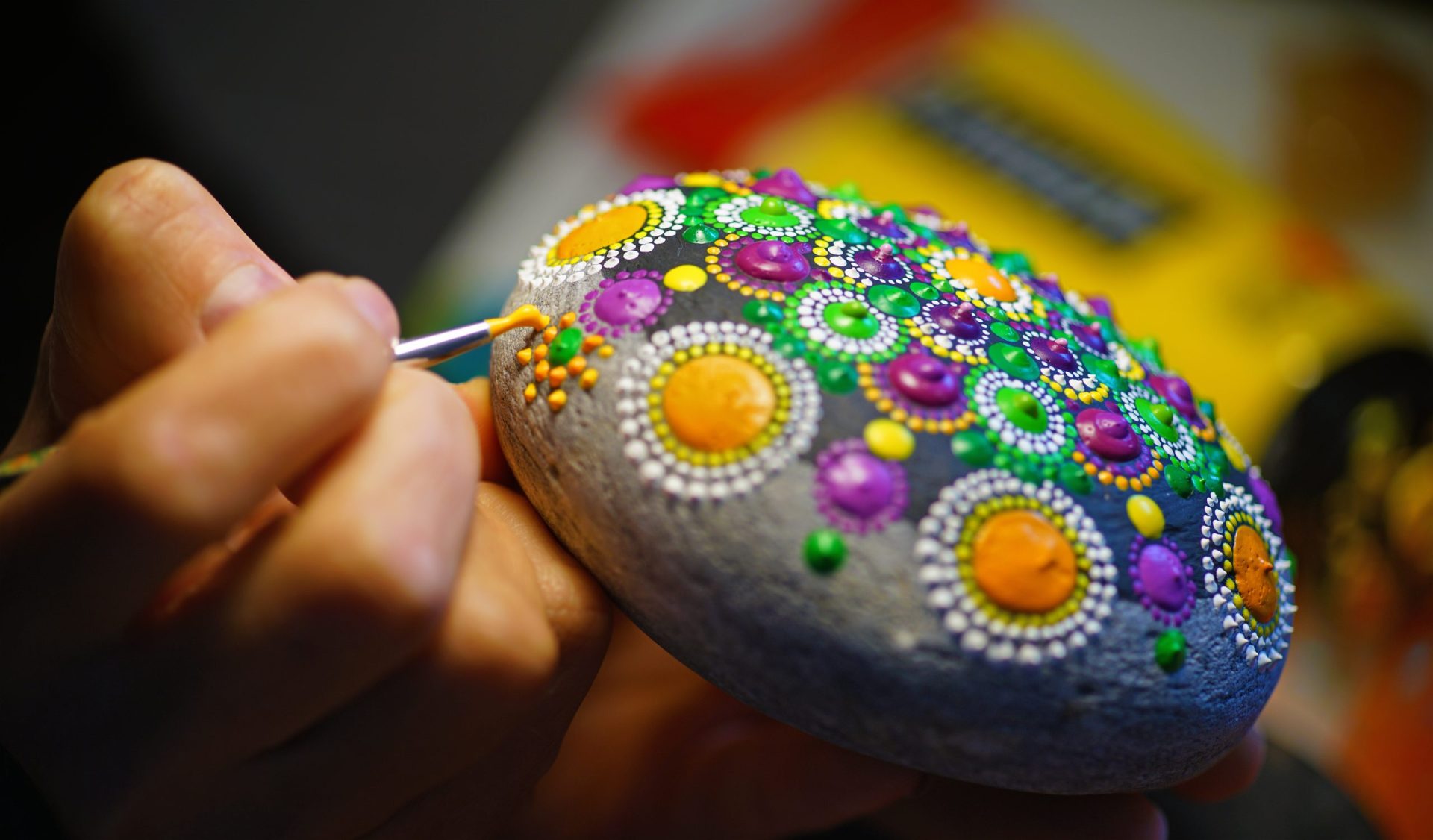 Each hue carries its own unique energy and symbolism, contributing to the overall message conveyed by the mandala. Let’s take a closer look at some commonly used colors:
Each hue carries its own unique energy and symbolism, contributing to the overall message conveyed by the mandala. Let’s take a closer look at some commonly used colors:
Radiant Reds
The color red, with its fiery intensity, represents passion, strength, and courage. It symbolizes the vital force of life and the power within us to manifest our desires. Red is often found at the center of a mandala, acting as a focal point, drawing our attention to the core of our being.
Blissful Blues
Blue, the color of the vast sky and calm ocean, embodies tranquility, peace, and spirituality. It is associated with harmony, intuition, and the exploration of the inner self. Blue hues in a mandala invite us to dive into the depths of our consciousness and find serenity amidst life’s chaos.
Glorious Greens
Green, the color of nature and growth, signifies balance, healing, and renewal. It represents the interconnectedness of all living beings and our connection to the Earth. Green in a mandala encourages us to embrace harmony with our surroundings and nurture our physical and emotional well-being.
Majestic Yellows
The color yellow exudes warmth, joy, and optimism. It symbolizes wisdom, intellect, and the light of knowledge. Yellow hues in a mandala inspire us to seek enlightenment, expand our horizons, and embrace the power of positive thinking.
Enigmatic Purples
Purple, a mystical and regal color, represents spirituality, wisdom, and transformation. It embodies the union of body and soul, bridging the gap between the physical and metaphysical realms. Purple shades in a mandala guide us on a path of self-discovery and spiritual awakening.
As we observe the patterns within a mandala, we uncover another layer of its symbolic language. These intricate designs often feature repetitive geometric shapes, such as circles, squares, triangles, and petals. The circular shape of a mandala symbolizes unity, wholeness, and the cyclical nature of life. It represents the eternal journey of birth, growth, death, and rebirth.
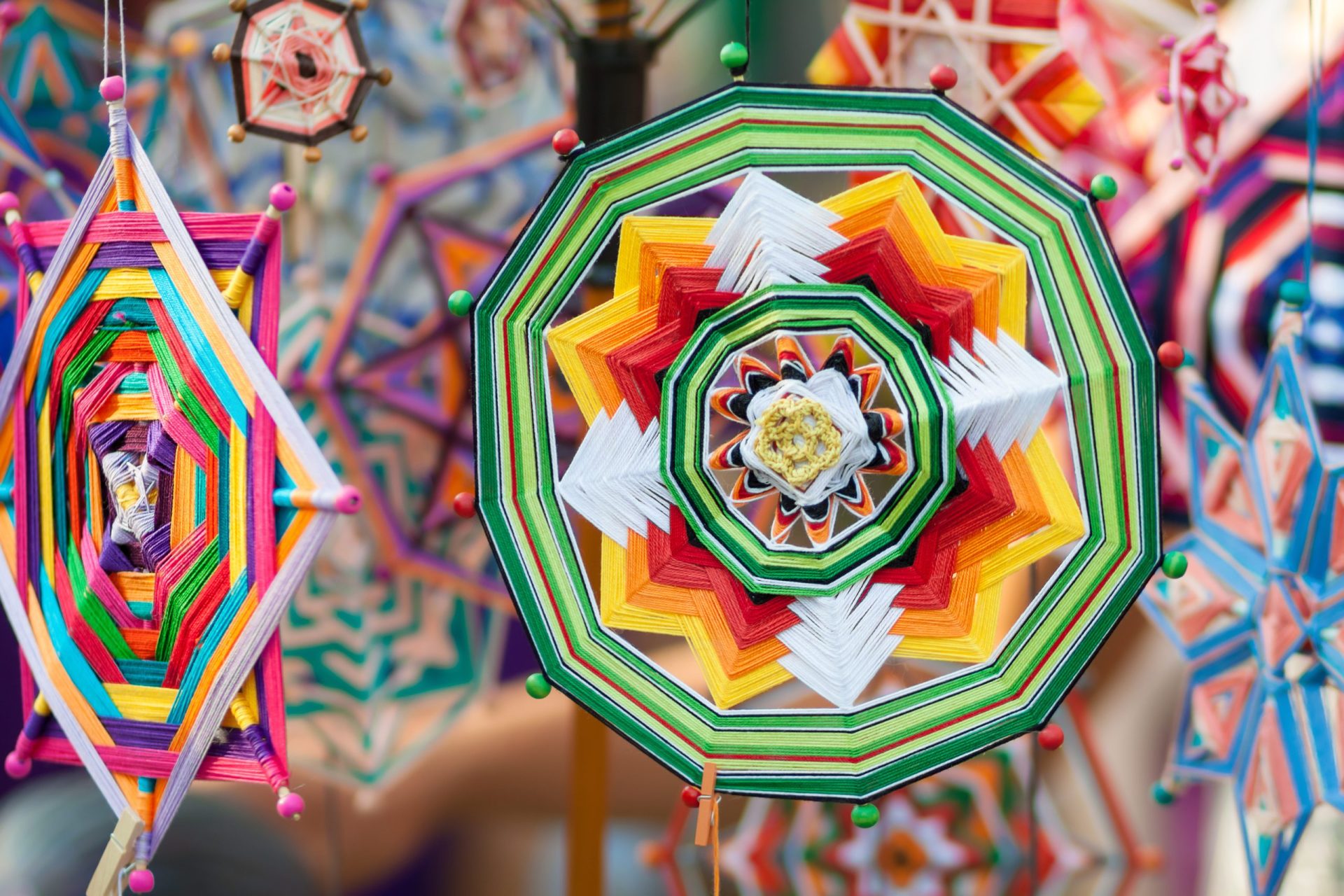 Moreover, the symmetrical patterns found in mandalas reflect balance and harmony. They signify the interconnectedness of opposites and the need for equilibrium in our lives. By contemplating the harmonious arrangement of shapes, we are reminded of the importance of finding balance between work and play, solitude and socialization, and activity and rest.
Moreover, the symmetrical patterns found in mandalas reflect balance and harmony. They signify the interconnectedness of opposites and the need for equilibrium in our lives. By contemplating the harmonious arrangement of shapes, we are reminded of the importance of finding balance between work and play, solitude and socialization, and activity and rest.
Transitioning from one idea to another, let’s explore the therapeutic aspects of mandalas.
Engaging in mandala coloring or creating mandalas can be a meditative and calming practice. The rhythmic motions of coloring or drawing, combined with the visual feast of colors and patterns, activate our relaxation response and promote mindfulness. As we focus on the present moment and immerse ourselves in the creative process, we experience a sense of peace, clarity, and self-expression.
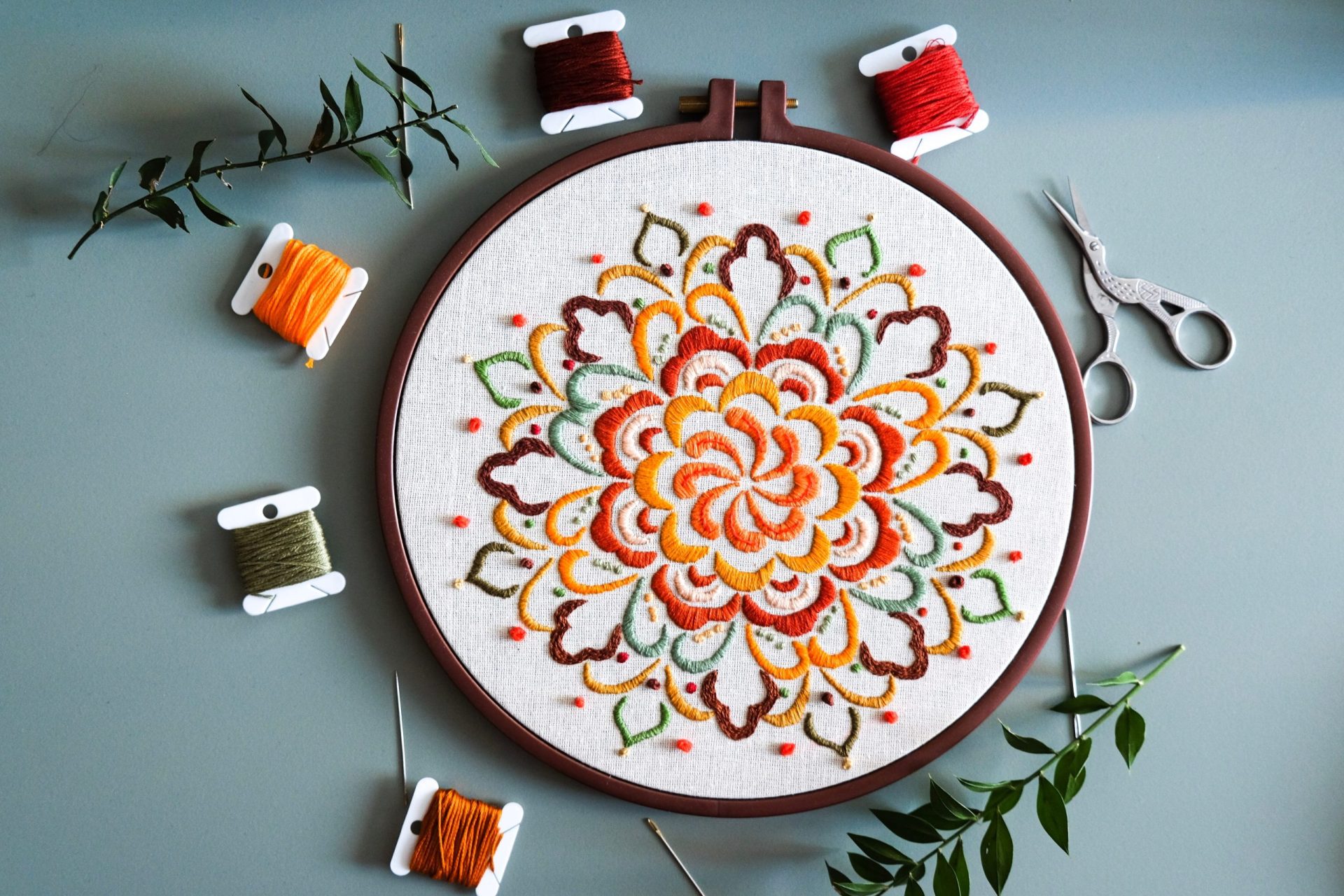 The patterns within a mandala teach us valuable life lessons. They remind us that life is a tapestry of experiences, both light and dark, and that true harmony arises from embracing all aspects of ourselves. Just as the intricate lines and shapes come together to form a cohesive whole, we too can find balance and unity within ourselves and our lives.
The patterns within a mandala teach us valuable life lessons. They remind us that life is a tapestry of experiences, both light and dark, and that true harmony arises from embracing all aspects of ourselves. Just as the intricate lines and shapes come together to form a cohesive whole, we too can find balance and unity within ourselves and our lives.
Let’s find out how can you incorporate these sacred symbols into your life. Here are a few ideas:
Coloring Mandalas
Get yourself a mandala coloring book or print out mandala designs from the internet. Choose colors that resonate with your intentions or emotions in the moment. As you color, allow your mind to relax and focus on the present moment. Let the colors flow intuitively and expressively, creating a personal masterpiece.
Creating Mandalas
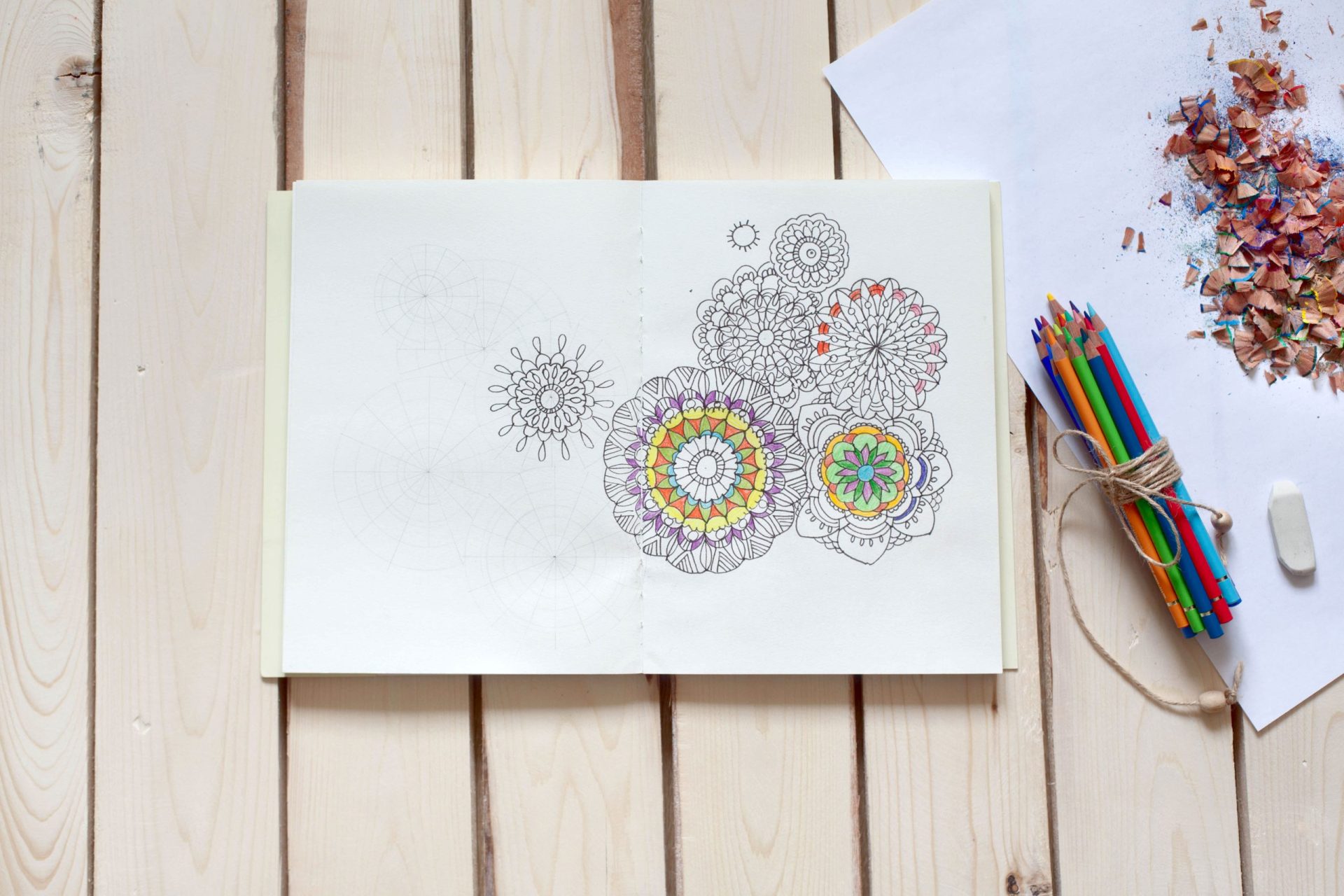 If you’re feeling artistic, try creating your own mandalas. Grab a pen and paper, or use digital tools if you prefer. Start with a central point and let your imagination guide you as you draw circles, shapes, and patterns. This process is not about perfection; it’s about self-expression and embracing your inner creativity.
If you’re feeling artistic, try creating your own mandalas. Grab a pen and paper, or use digital tools if you prefer. Start with a central point and let your imagination guide you as you draw circles, shapes, and patterns. This process is not about perfection; it’s about self-expression and embracing your inner creativity.
Meditation with Mandalas
Find a quiet space where you can sit comfortably. Choose a mandala image that resonates with you. Gaze at the mandala, allowing your eyes to wander along its intricate details. As you observe the colors and patterns, let your mind enter a state of calm and focus. Allow the mandala to guide you into a meditative state, where you can connect with your inner self and find clarity.
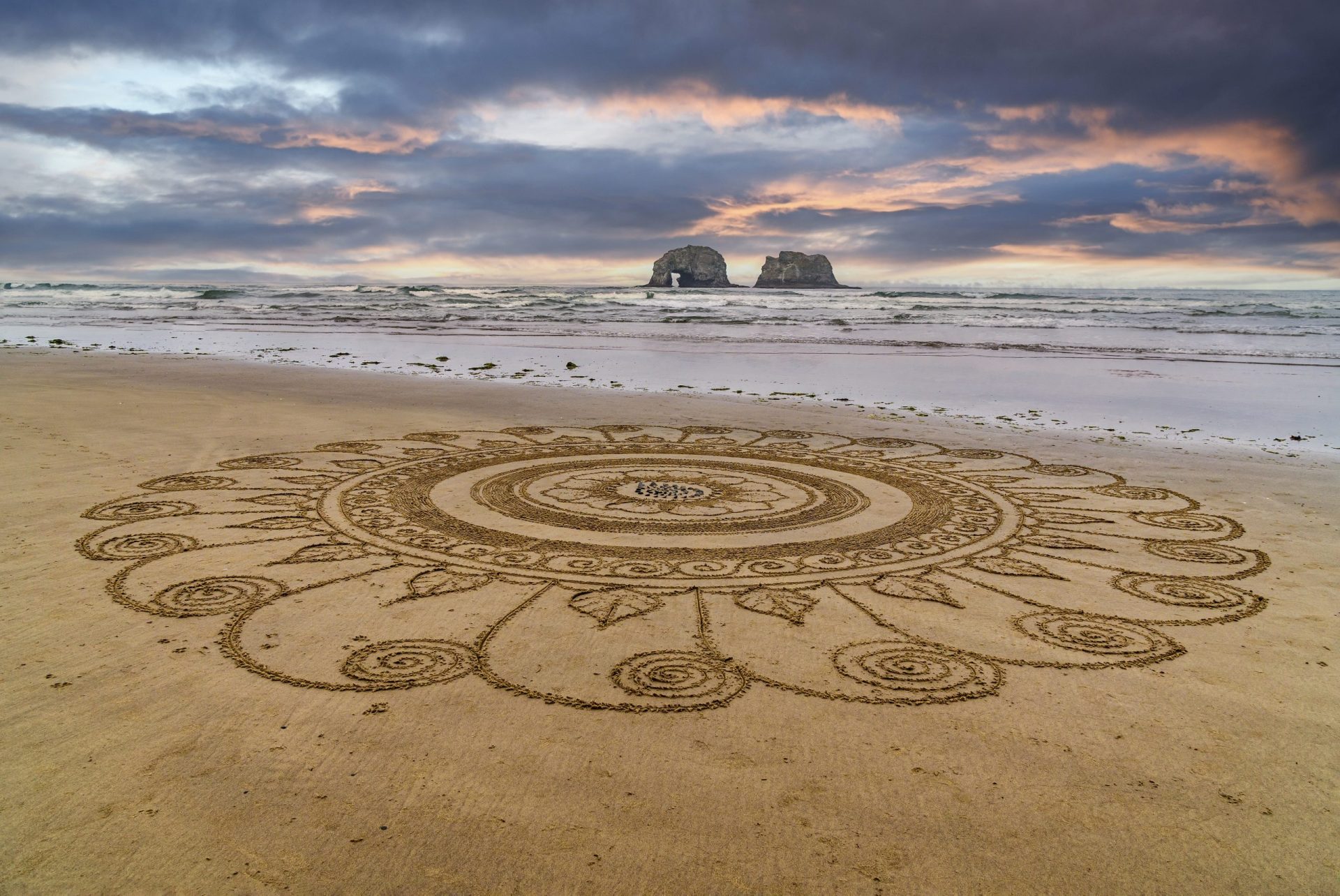 Remember, the beauty of mandalas lies not only in their visual appeal but also in their ability to awaken something deeper within us. They serve as powerful tools for self-reflection, mindfulness, and personal growth. So, whether you’re seeking relaxation, inspiration, or a deeper understanding of yourself, let the symbolic language of mandalas be your guide.
Remember, the beauty of mandalas lies not only in their visual appeal but also in their ability to awaken something deeper within us. They serve as powerful tools for self-reflection, mindfulness, and personal growth. So, whether you’re seeking relaxation, inspiration, or a deeper understanding of yourself, let the symbolic language of mandalas be your guide.
In conclusion, the colors and patterns of mandalas hold a rich and profound symbolic language. They speak to our souls, inviting us to explore the depths of our being and embrace the beauty of life’s intricate tapestry. So, take a moment to immerse yourself in the captivating world of mandalas, and let their vibrant hues and mesmerizing patterns awaken your spirit. Embrace the harmony, balance, and transformative power they offer, and embark on a journey of self-discovery and personal growth.
Enjoy A Large Variety of Mandalas Here










